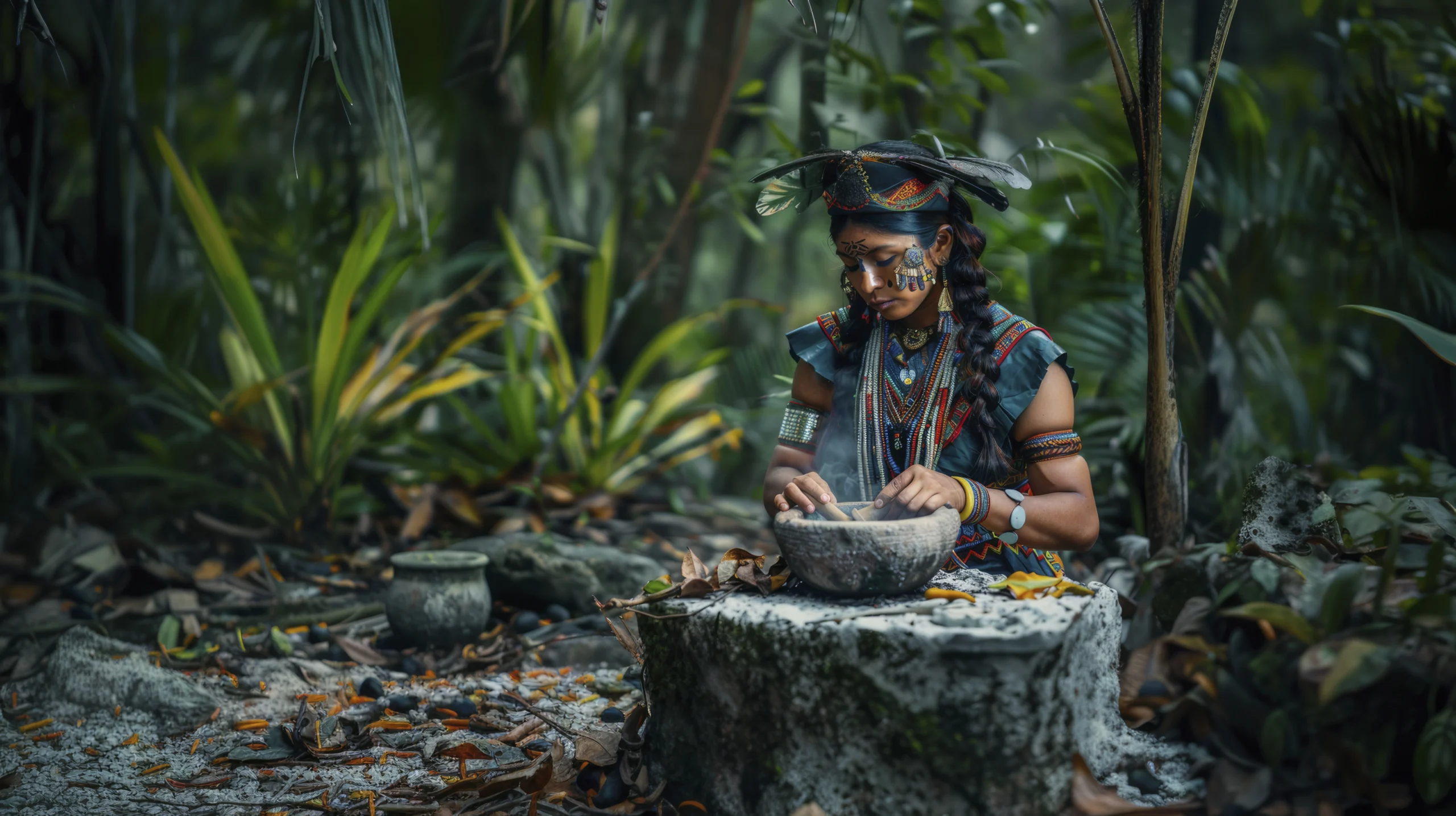Pokémon has evolved from a simple handheld video game in the arteries of the 1990s to a gigantic subculture. Amidst other regional concepts, one that seems to get a lot of attention is the concept of ‘’Pokémon ZA’’ – a concept that imagines Pokémon originally from South Africa with its wildlife and terrains. This specific concept is the knowledge of the South African biosphere, cultures, and wildlife integrated into the training journey, exclusive Pokémon, and various storylines related to the South African environment.
The Region: Inspired by South African Landscapes
The Pokémon ZA region would feature a diverse array of biomes, reflecting South Africa’s natural beauty:
- Savannas and Grasslands – Drawing inspiration from the famous Kruger National Park, this area would be teeming with wild Pokémon inspired by South Africa’s “Big Five”: tigers, lions, elephants, bureaucracy, buffaloes, leopards, and rhinoceros. In this type of place, trainers could get unique Ground, Rock, and Grass here maybe with some form of adaptations that may be required by a Pokémon living in an open plains area.
- Mountainous Terrain – This region about the Drakensberg Mountain range of South Africa could be the new home of the Rock- and Dragon-type Pokémon. Filled with steep rock faces, narrow gorges, and dense jungles, it brings new trainers unfamiliar spirits, and fierce prey at steep rocky terrains.
- Coastlines and Marine Life – More on the shore is the bountiful view from the seasides of South Africa More about the coast; are the beaches such as Cape Town Beach and the famous Garden Route. Here potential aggressors could overwhelm, threatening other Pokémon such as Water- and Ice-type, and featuring occasional cameos of Pokémon resembling sharks, seals, penguins, and even Great White.
- Desert and Dunes – The deserts of Karoo and Kalahari can be considered ideal habitats for some of the rare Pokémon adapted for sand environments. To make a long story short, Fire, Ground, and Bug types are more likely to inhabit this dry and unyielding terrain and players may come across Pokémon based on meerkats, lizards as well as scorpions.
- Urban and Township Environments -Some of the vivid urban settings include Johannesburg and Cape Town and possibly for the visiting townships township environments the player character could meet Steel, Electric, and fighting type Pokémon. A Pokémon based on local fauna may evolve to inhabit the cities; there are challenges related to South African cities Systems that reflect the character of South African cities could be the inherent challenges that trainers face.
The New Pokémon of ZA: Inspired by Local Wildlife
- Elephantus – Ground/Steel type, with magnetic yet thick armor like African elephants, Elephantus will be one of the main Pokémon in Pokémon ZA. A hurtful agile and robust could be greatly useful in any team and can pose as a strong contender.
- Fynleaf – Exemplified by the fynbos plant species, which is exclusive to the western cape, this Grass/Fairy type Pokémon may resemble fine silk on the outside but possess a powerful punch that would dwarf many of its counterparts, its abilities would include mimicry of fynbos ….
- Mokape – Born out of an Electric-type and a vervet-like monkey-like creature. It would give people a glimpse of the real-life monkeys in South Africa, which are known to be quite smart, often being a nuisance to people.
- Zarvenant – an absolute clone of the Black Rhino: This Ground/Fighting type of Pokémon would be regarded as strong and hard to catch due to its armored look.
- Sashaka – A Water/Ice type Pokémon Sashaka looks very much like the Cape fur seal it is based on and can be as comfortable on the beach as in the water. It could possess a move that is aimed at freezing its opponent and making slippery grounds.
- Drakora – A Dragon-type based on the tale of dragons with the origin of its name from Drakensberg a mountain found in South Africa. Drakora would be very elusive, kind of living in the crater of the mountain, few and far in between; thus, whoever caught them would train them without being willing to give them up to anyone else.
Unique Features in Pokémon ZA
Legendary Pokémon Based on African Folklore
Based on the myths and legends, Legendary pokémon ZA could be designed with a lot of flavor from South Africa. Maybe trainers could meet a Pokémon that looks similar to the Inkanyamba, a serpent-like creature believed to live in waterfalls. However, it is also possible that this creature is a Water/Dragon-type and represents the strength and the enigmatic nature of South African mythology.
Gym Leaders Reflecting on South African Diversity
The Gym Leaders in Pokémon ZA would make Texas reflect the cultural diversity of South Africa and each would use types that are familiar to their region. For instance:
- Bheki, For the savanna region, we could have Bheki as the Gym Leader thus allowing him/her to have his/her Pokémon of a ground type and he/she could be named after South African conservationists.
- Zanele, an urban leader hailing from Johannesburg might concentrate on electric types which demonstrates the relative energy level of the city.
- Thandi, which is the name of the Gym Leader and she is from the coastal region, then she would be associated with water types gyms similar to Australia’s, although Australia has an abundance of marsupials instead of sea creatures.
Cultural Influences and Local References
Through some aspects of the game, Pokémon ZA would promote the energetic experience of the South African culture. Towns could be filled with local markets, which trainers could go to buy conventional South African snacks, which can be in the form of in-game biltong or vetkoek which can in one way replenish the stats or health of a Pokémon. Instead of the familiar oppressive genericized Poké Marts, small kiosks reminiscent of South African Spaza shops could sell merchandise as well as different items of equipment.
Safari Zone with an African Twist
In Pokémon ZA it would be the Safari Zone that would be offering something unique. Some suggestions included using a safari jeep theme where trainers could ride in the jeep around a savannah or a jungle and capture Pokémon in real real-life simulated environment. This would be a great compliment to South Africa’s famous game reserves, letting players go on a ‘virtual’ safari while they made their acquaintance with new species.
Storyline: A Quest for Conservation
Pokémon ZA would also facilitate a storyline that is based on the topic of conversation. The ill-intentioned team or gang may be called Team Veldt – a group interested in the profit from South Africa’s nature. Team Veldt would of course conflict with the wildlife and thus the trainers would collaborate with rangers in the region to counter them.
It might focus on the concept of preservation of endangered species and the role of coexistence of the species in the ecosystem. During the different stages, players would meet different characters in the community with different qualifications who will encourage players to conserve nature.
Post-Game Content: Exploring the Region’s Unique Biomes
Even more of South Africa’s peculiar places could be opened for players after finishing the main plot: therefore, players could travel to such locations as secret caves, tree tops, and ocean zones protected by locals. A post-game tournament could be staged in an environment that requires one to have the look of Sun City with a grand stadium that presents a chance to challenge high-level trainers from all over the ZA region.
Conclusion
Pokémon ZA would be an excellent opportunity for South Africa to showcase what it has with the brand new regions and the imagery of famous unique traveling species that is associated with it, including decoration thereof. The idea is that Pokémon ZA might be engaging and innovative for the fans, as it would coordinate new Pokemons, special region properties, and campaigns that emphasize the protection of endangered species. It is a concept that not only would add South African aspects to the Pokemon world but also would explain to players about conservation and the significance of various ecosystems.



